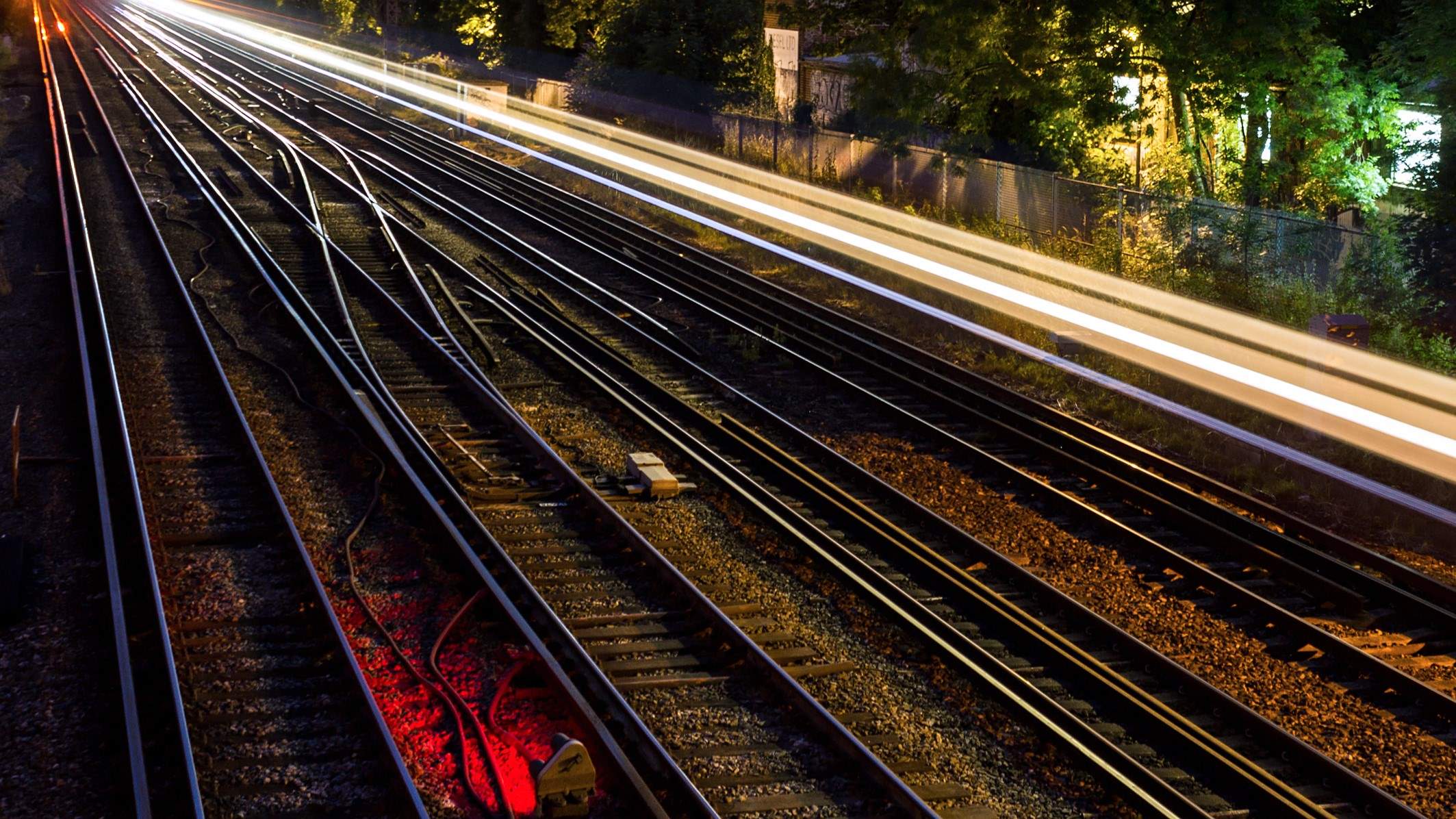
Engineers at the Birmingham Centre for Railway Research and Education (BRCCE) have published a paper describing the “digital twin” model of its revolutionary rail signalling design, which proved the system would pass speed and safety regulations.
Otherwise known as a “dynamic simulation model,” researchers said the computer programme can simulate track system behaviour, which combines rail bending with physics-based models of actuators and control systems.

Discover B2B Marketing That Performs
Combine business intelligence and editorial excellence to reach engaged professionals across 36 leading media platforms.
Crucially the modelling showed that the new design, which utilises a “lift and move mechanism” to move tracks at signal points, is “fault-tolerant”, meaning it will continue to operate when two of its three actuators are broken.
The research team at the Universities of Birmingham, Leeds, and Loughborough along with Network Rail explained: “the simulation scenarios included one of power failure to four of the six motors that drive the actuators, and showed that a single actuator is capable lifting and moving the points to the desired position.”
The latest research is part of a project at the BRCCE called “Repoint” to develop a more efficient and reliable point switching system than the 200-year-old technology currently used.
It began in 2018 in response to a call from the Engineering and Physics Research Council (EPSRC) and the UK Rail Safety and Standards Board (RSSB) for ideas to improve capacity on existing UK rail lines.

US Tariffs are shifting - will you react or anticipate?
Don’t let policy changes catch you off guard. Stay proactive with real-time data and expert analysis.
By GlobalDataRoger Dixon, professor of control systems engineering at BRCCE, explained why switches were the focus of his response to the call, and subsequent work.
“Although switches account for less than 5% of railway track miles, they contribute to 18% of delay minutes, and 17.5% of delay costs in the UK”.
“While railway networks continue to carry more passengers and freight, building new track is always difficult and expensive, and increasing the reliability and exploiting the capacity of existing routes is generally the preferred option,” he added.





